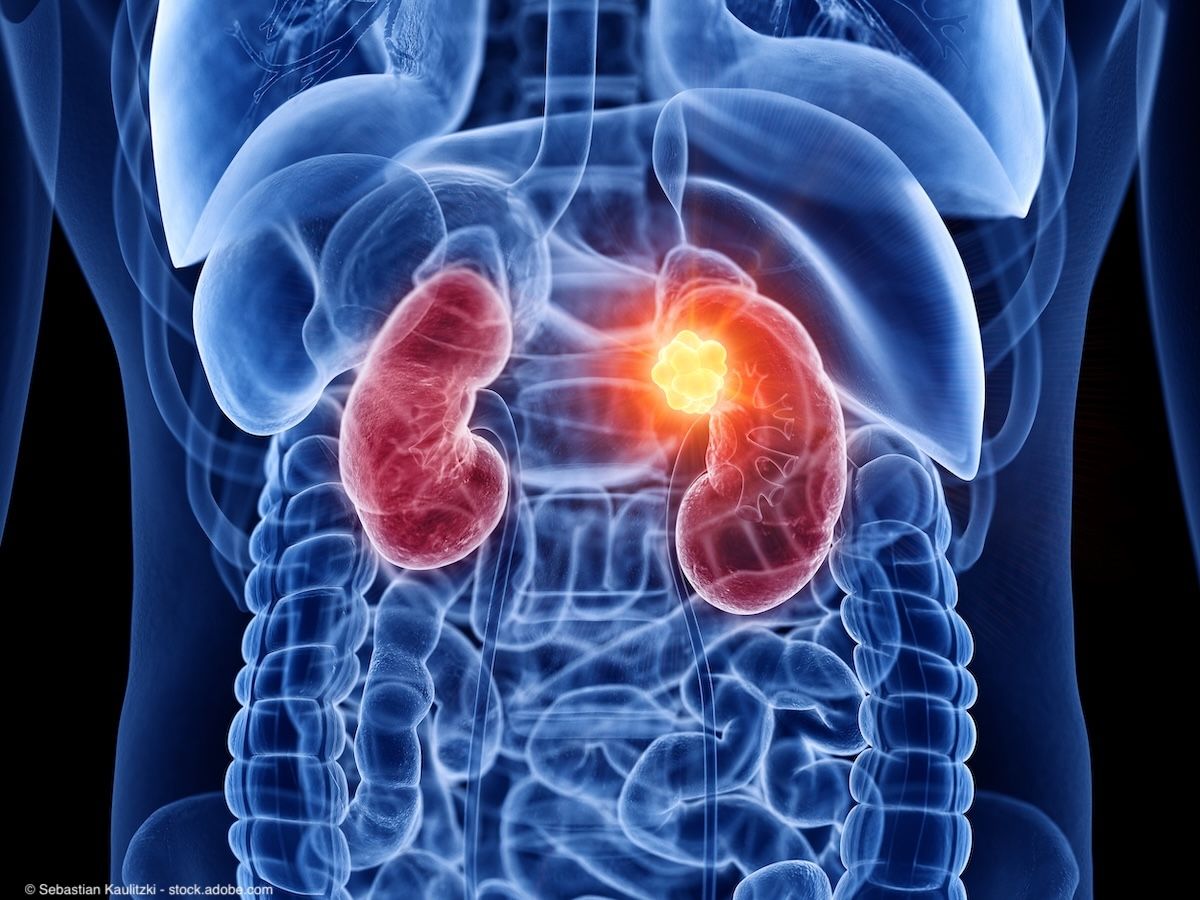Article
PSMA-PET may lead to treatment delays that unintentionally harm patients with prostate cancer
Author(s):
Once patients had a PSA level of 0.25 ng/mL or higher, the risk of mortality increased by approximately 50%.
Prostate-specific membrane antigen positron emission tomography (PSMA-PET) may be unintentionally delaying treatment in a way that increases the risk of death for patients with prostate cancer.
The investigators used a multinational database to identify 25,551 patients with pT2-4N0 or NXM0 prostate cancer and at most, 1 high-risk factor (prostatectomy Gleason score of 8–10 or pT3 or pT4).

Recent findings presented in the Journal of Clinical Oncology suggest that in patients with at most 1 high-risk factor, waiting to initiate post-radical prostatectomy (RP) salvage radiation therapy (sRT) until the prostate-specific antigen (PSA) level reaches above 0.25 ng/mL was found to be associated with increased risk of all-cause mortality (ACM).1
In current practice, many physicians may wait to initiate sRT until the PSA level exceeds 0.25 ng/mL since performance characteristics of PSMA-PET improve with increasing PSA levels and insurers will not reimburse a PSMA-PET scan until the PSA levels are above a certain threshold. However, the data from this study suggest that waiting to initiate sRT until after PSA failure (≥ 0.20 ng/mL) may result in an increased risk of ACM for patients.
“Our previous research showed that patients with 2 or more of these risk factors should have sRT immediately after surgery, when PSA levels are undetectable [ie, < 0.02 ng/mL], as they are at highest risk of dying from the disease. This new study sought to address the risk of mortality among patients with only 1 risk factor. Is it still safe to wait for the PSA to rise?” explained lead study author Anthony Victor D’Amico, MD, PhD, in a news release on the findings.2 D’Amico is the chief of Genitourinary Radiation Oncology at Dana-Farber Brigham Cancer Center in Boston, Massachusetts.
For the study, D'Amico and his team of investigators used a multinational database to identify 25,551 patients with pT2-4N0 or NXM0 prostate cancer and at most, 1 high-risk factor (prostatectomy Gleason score of 8–10 or pT3 or pT4). Among the total 25,551 patients, 1556 underwent sRT when the PSA level was 0.25 ng/mL or lower and 1677 underwent sRT when the PSA level was above 0.25 ng/mL. Adjuvant RT (aRT) was delivered to 673 patients, and salvage androgen deprivation therapy (no RT) was delivered to 1489 patients. The median follow-up time was 6 years.
The team used multivariable Cox regression analysis beginning at 0.10 ng/mL. The increments increased by 0.05 ng/mL, up until 0.50 ng/mL. Factors such as the patients’ age at surgery, the year of surgery, established prognostic factors, institution, and time-dependent use of androgen deprivation therapy were taken into account for analysis.
Data showed that once patients had a PSA level of 0.25 ng/mL or higher, the risk of mortality increased by approximately 50% (P = .008). This suggests that delaying post-radical prostatectomy sRT for patients with at most 1 high-risk factor may have unintentional negative outcomes for patients. There was also no significant difference in ACM risk for the use of sRT compared with aRT when the PSA level was 0.25 ng/mL or lower.
“Initiating salvage radiotherapy postprostatectomy before PSA exceeds 0.25 ng/mL is made clearer in this report. With wider use of ultrasensitive PSA in high-risk individuals, individuals can move to salvage therapies before novel imaging can identify sites of persistent disease,” said Michael Carducci, MD, an associate editor for the Journal of Clinical Oncology, in the news release.
Further research on these findings will include examining the same effects in patients without any risk factors or who are at low risk of recurrence or mortality.
References
1. Tilki D, Chen MH, Wu J, et al. Prostate-specific antigen level at the time of salvage therapy after radical prostatectomy for prostate cancer and the risk of death. J Clin Oncol. Published online March 1, 2023. Accessed March 8, 2023. doi:10.1200/JCO.22.02489.
2. Delay in salvage therapy increases risk of death for some prostate cancer patients. News release. Brigham and Women’s Hospital. Accessed March 8, 2023. https://www.brighamhealthonamission.org/2023/03/03/delay-in-salvage-therapy-increases-risk-of-death-for-some-prostate-cancer-patients/?shared=email&msg=fail
Newsletter
Stay current with the latest urology news and practice-changing insights — sign up now for the essential updates every urologist needs.
















